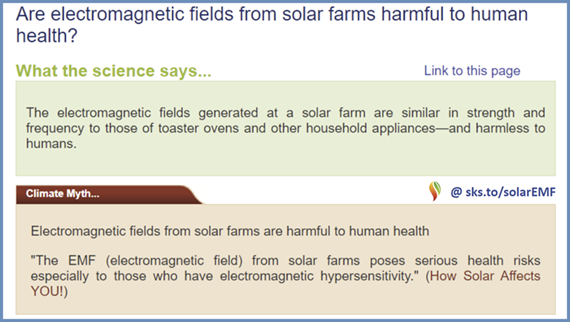Forests, Vol. 14, Pages 1177: Spatial Effects Analysis on Individual-Tree Aboveground Biomass in a Tropical Pinus kesiya var. langbianensis Natural Forest in Yunnan, Southwestern China
Forests doi: 10.3390/f14061177
Authors: Xilin Zhang Guoqi Chen Chunxiao Liu Qinling Fan Wenfang Li Yong Wu Hui Xu Guanglong Ou
It is essential to analyze the spatial autocorrelation and heterogeneity of aboveground biomass (AGB). But it is difficult to accurately describe due to the lack of data in clear-cutting plots. Thus, measuring the AGB directly in a clear-cutting plot can provide a reference for accurately describing the spatial variation. Therefore, a 0.3-hectare clear-cutting sample plot of Pinus kesiya var. langbianensis natural forest was selected, and the AGB was calculated by each component. The intra-group variance was quantitatively described in terms of spatial heterogeneity, and the spatial autocorrelation was explored by global and local Moran’s I. The results indicated that (1) there was different spatial heterogeneity for the different trees and organs. The intra-group variance tended to be stable after 20 m for P. kesiya var. langbianensis (PK) and other upper trees (UPs) and after 10 m for the other lower trees (LTs). (2) The spatial autocorrelation of AGB and wood biomass was similar, while the bark biomass and foliage biomass were consistent. PK and other UPs also exhibited strong spatial autocorrelation, with maximum Moran’s I values of 0.1537 and 0.1644, respectively. (3) There was spatial heterogeneity in the different components except for the bark of PK. The lowest spatial heterogeneity was found for LT.

 1 year ago
67
1 year ago
67


